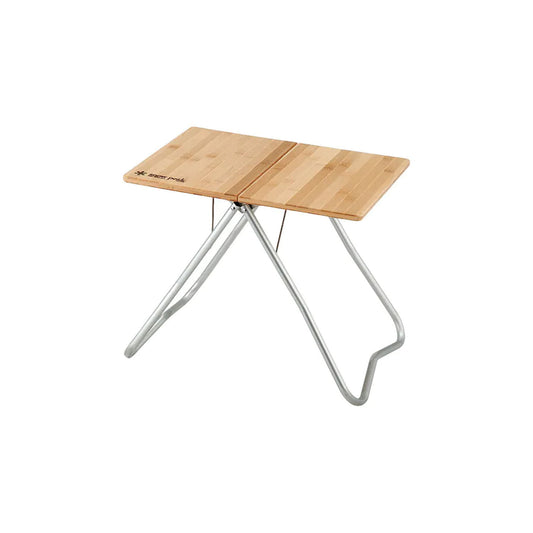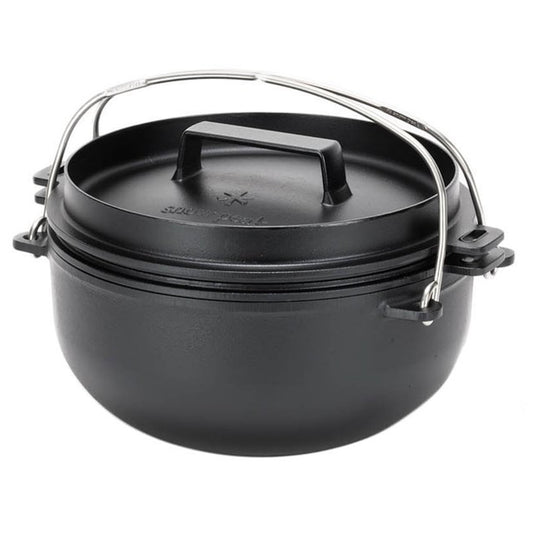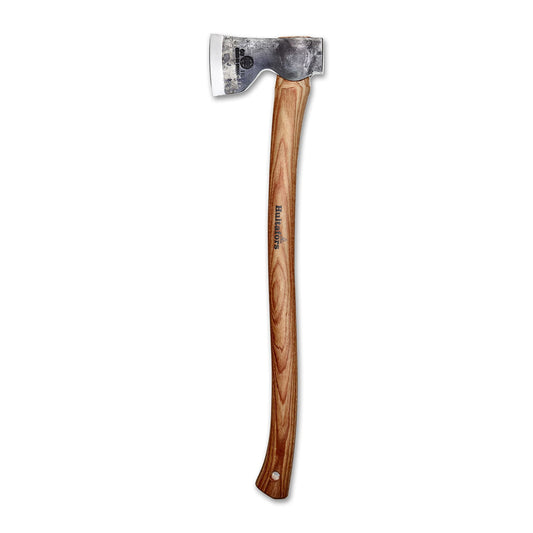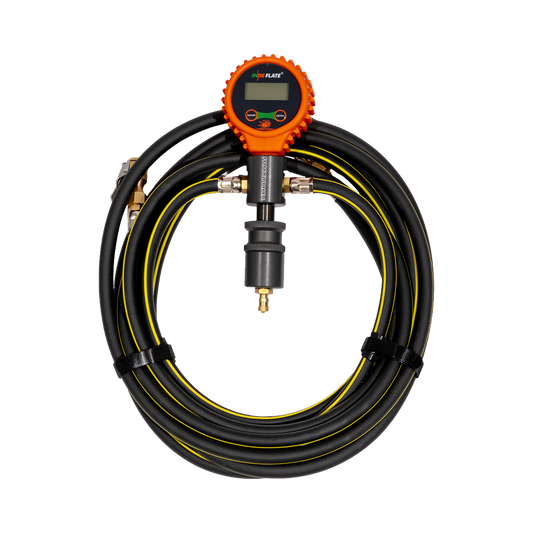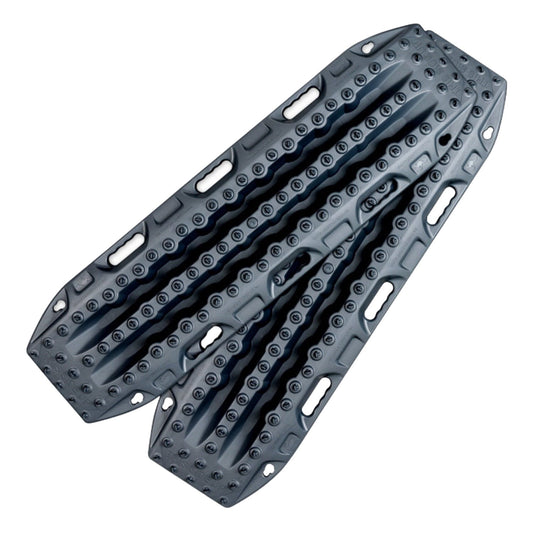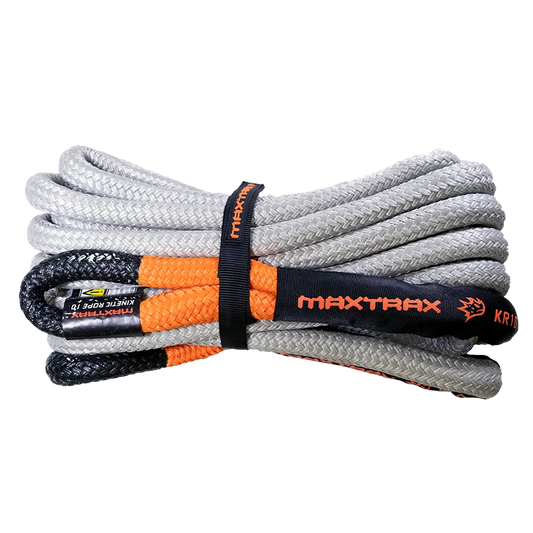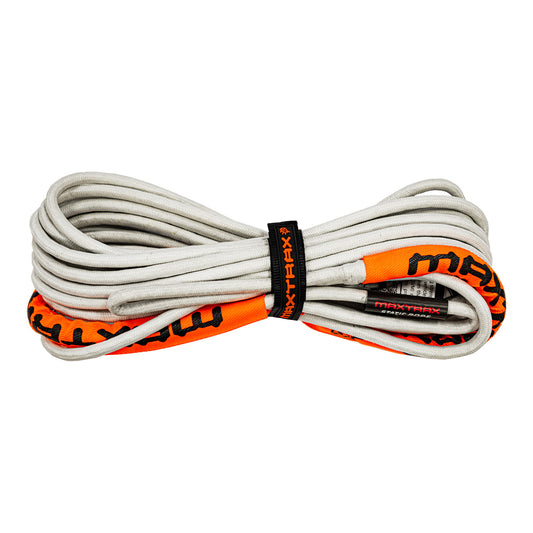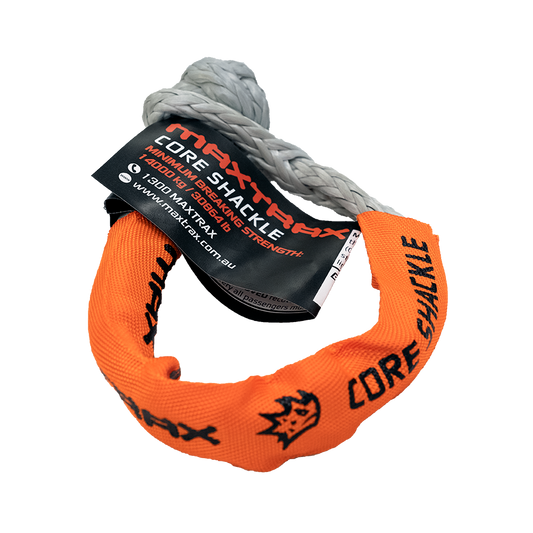Cahill’s crossing is the gateway to West Arnhem Land. At low water levels, it’s a doddle. When the enormous tides of the area roll upstream it becomes a vehicle swallowing and saltwater crocodile-filled nightmare. It has a reputation as one of Australia’s most notorious crossings!

The road to the Cobourg Peninsula begins at the northern border of Kakadu. The peninsula is a National Park called Garig Gunak-Barlu. The park management limit visitation to 20 vehicles at any one time. If you plan to visit it’s worth booking in advance or you may need to be flexible.
A permit is required which is issued by Parks and Wildlife NT. It covers access to the National Park, camp fees and transit permission through Arnhem Land between Kakadu and the Cobourg Peninsula. It’s a straightforward process, and you can apply for these permits online.
Beyond Cahill’s Crossing on the East Alligator River, it’s immediately a stunning landscape. The track cuts between vast, green and bird-filled wetlands and rocky outcrops tower in the background almost perfectly placed to set the scene.

From here it’s a scenic, but a big day of driving. Camping isn’t permitted en-route, plus we’d had a later start waiting for the tide to reside at Cahill’s. Those towing might consider camping close and attempting to catch the earliest tide window.

The road in isn’t technical, but there are plenty of corrugated sections and a few ruts. The majority of the worst parts were well marked with the NTs trademark caution symbol on a star picket.
We passed some unlucky travellers that had freshly rolled their Prado after losing traction through corrugations on a bend. It was a hefty rollover, and luckily they were all ok and in good spirits. Their help arrived while we were speaking with them. It was a sobering reminder of how quickly things can escalate when travelling in remote areas.

After travelling through the interior of the Park, we arrived just in time for a spectacular sunset over the Arafura Sea.

The camping area is just a short stroll from the beach. There are set spots, but everyone is well spread out, and there are toilets and even a simple solar-powered shower; luxury!
The coastline is beautiful, and the waters were tempting blue, be warned though, this is very much saltwater crocodile country. It’s tough getting used to no swimming when the weather is perfect for it.

The Park’s name means Garig (a language of the area), Gunak (land) and Barlu (sea). The protected area includes the landmass of the peninsula as well as the waters that surround it.
The marine area is filled with vibrant coral reefs, comparable in beauty and in its diversity of species as the Great Barrier Reef. Alongside the Great Barrier Reef and Ningaloo Reef, this area is monitored as part of an international program tracking the impact of global warming.

From camp, there are some great drives to explore the area. Following the coast south is a single track. There are plenty of places to fish, spot birds and wildlife or relax. It’s possible to cut west back across the peninsula and explore the mangroves before looping back to camp.





Another track again cuts across the peninsula this time starting close to camp and finishing near the Ranger Station at Black Point. This track traverses the edge of a breathtaking wetland. Back in 1974, this wetland was designated the world’s first Ramsar site (The Convention on Wetlands of International Importance).





Alongside the crocodiles, marine life, birds and native wildlife you’ll see plenty of buffalo too. From a long history of trade in the area, buffalo have become an essential part of local culture and are a vital food source. They are also one of the most dangerous living creatures in the area!



A trip to West Arnhem Land is like a safari through a quiet, remote and significant part of Australia.
Photographs by Mike and Gen Collister.



